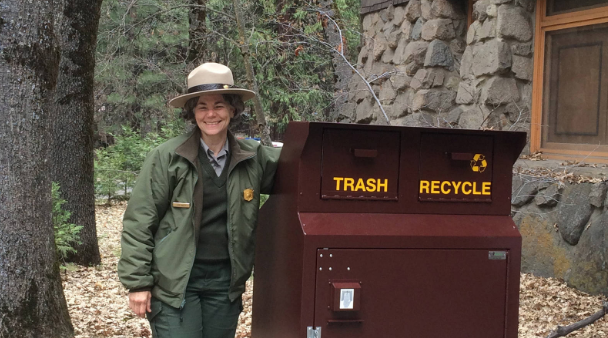What’s in National Parks’ Trash Cans — and What You Can Do
NPCA recently studied the waste at three national parks as a first step toward implementing zero-landfill initiatives under the leadership of corporate partner Subaru. Here’s what we found, how visitors feel about park trash and what you can do to help.

As featured on www.npca.org | What’s in National Parks’ Trash Cans — and What Y…
As the head of NPCA’s zero landfill program, I spend a lot of time thinking about trash. I recently helped to put together a report on what is in the trash cans in three national parks. This report is helping us to study how we can set up programs to keep all of the waste at these parks — every last bottle and can — out of our landfills.
Under the leadership of NPCA’s corporate partner, Subaru of America, Inc., we are working with the National Park Service to reduce waste at Denali, Grand Teton and Yosemite, and to divert the waste that still exists to composting operations and recycling facilities. Our long-term goal is to use what we learn from these three pilot parks to significantly reduce landfill waste throughout the entire National Park System.
What the Problem Looks Like
If you’re like me, you might be curious about the 100 million pounds of trash that visitors at these parks threw away in 2015. A few of the items surprised me — like the tents, sleeping bags and mattresses people simply left behind at campgrounds. That’s an expensive way to camp! But most of what we found probably resembles what’s in your own household trash and recycling bins: Plastic bottles, paper cups, plastic bags, food and food wrappers were among the most common items.
Here is the breakdown of what we found:
-
40.7% organic waste (primarily food)
-
21.6% paper and cardboard
-
17% plastics
-
6.6% glass
-
14% other reusable or recyclable items such as food packaging, propane cylinders and camping gear
View the complete article on National Parks Conservation Association.org

